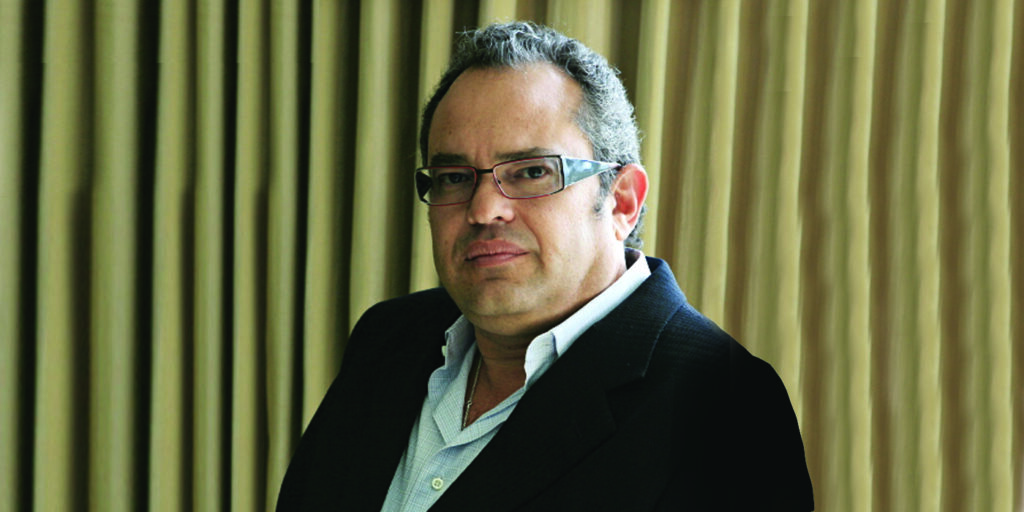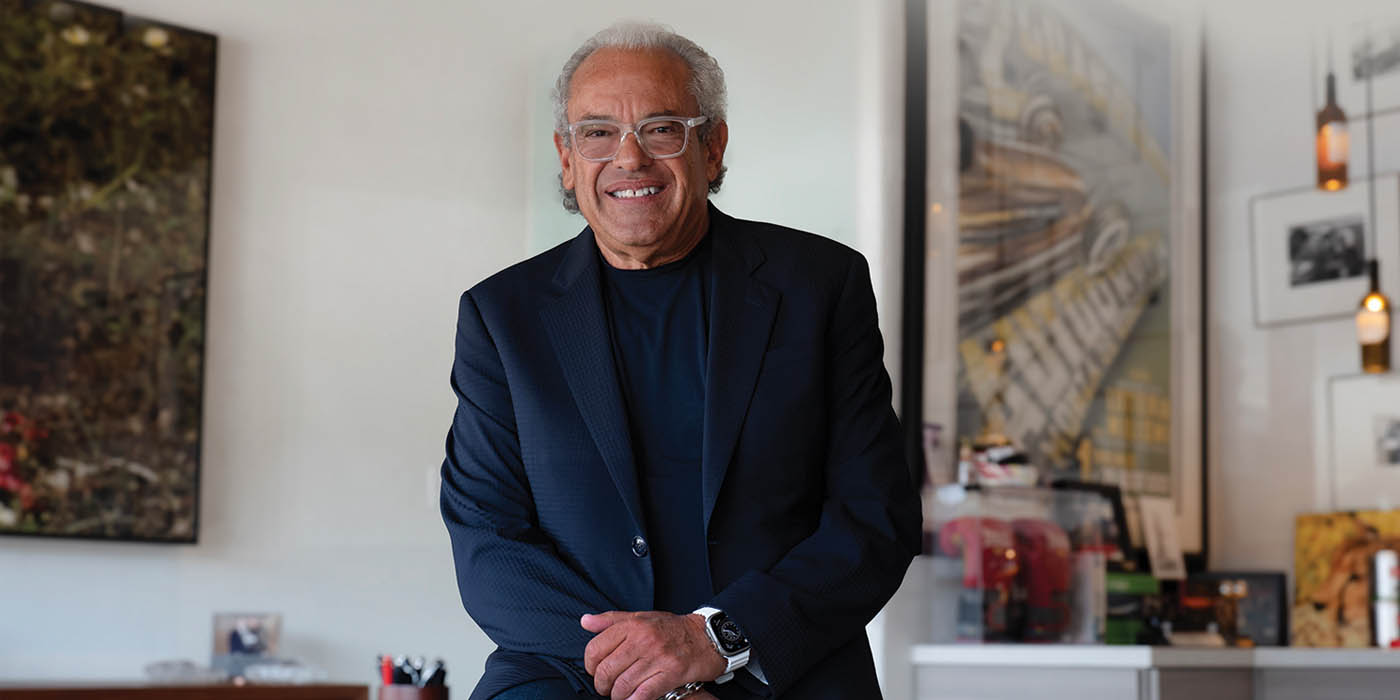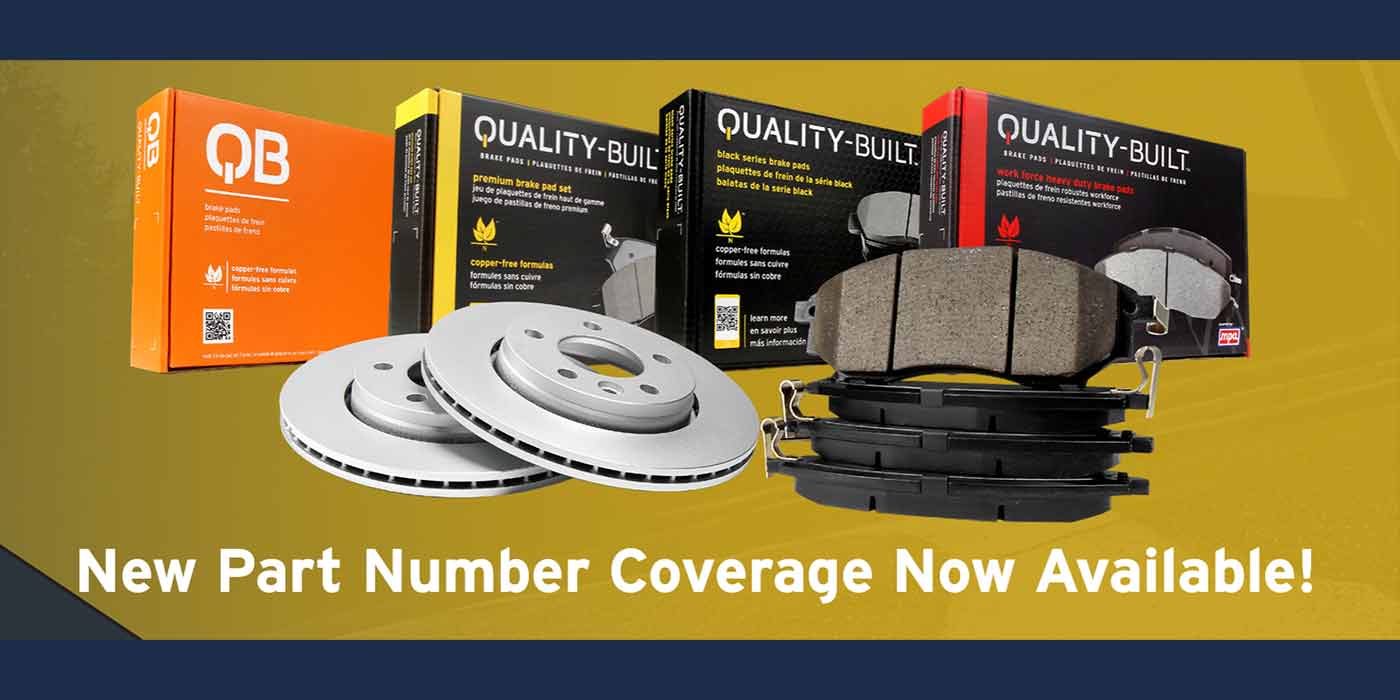Selwyn Joffe became chairman of the board of Motorcar Parts of America (then called Motorcar Parts & Accessories) in 2000. He took over as CEO in 2003. Before that, Joffe spent time in the food and restaurant business, having served as CEO of the Wolfgang Puck food company, and prior to that he founded a location-based entertainment business called Palace Entertainment. In his 22 years with MPA, Joffe has created what can only be described as the company’s own powerful ecosystem, with a definitive corporate culture that drives everything employees do from the C-Suite all the way to the factory floor. In this exclusive interview with aftermarketNews, Joffe shares insights into MPA’s holistic culture, new products and innovations, as well as the keys to the company’s success and explosive growth over the past five years.
MPA has been an automotive supplier for more than 50 years. How has the company evolved over the years?
Interestingly enough, when I joined MPA, it was called Motorcar Parts and Accessories. The company started about 56 years ago by the former head of the Beck company sales team, who started importing accessories for Japanese import applications from Japan. When I joined, we phased out all of the accessories – everything other than rotating electrical, which are alternators and starters. Production began in Singapore with one of our co-founders. I changed the name to Motorcar Parts of America. We kept the “MPA,” but the whole focus of the company changed.
We brought in new disciplines and infrastructure. With a combination of human and technology infrastructure systems, we decided to become a leading B2B brand. I try to use a Proctor & Gamble model and do everything for our customer that Proctor & Gamble would do for their consumer. We positioned MPA as a B-to-B brand, and as that evolved, we now have this overriding concept of “Powered by MPA.” Powered by MPA basically means that whatever we are involved in, we try and do it with the highest levels of expertise with sophistication and our core values.
Tell us a bit about MPA’s core values and its culture.
We put together an acronym called “EPICQ.” EPICQ really became the basis of what we are about.
The “E” involves excellence –and is applied throughout our organization not only to what we offer, but what our employees offer to us.
The “P” stands for passion and productivity. I really believe in and I’m proud of what we do. I think we’ve developed a team that feels the same way. We continue to eliminate waste and have become one of the world leaders in LEAN manufacturing. Our whole ESG program is really leading in an environmentally conscious way.
The “I” stands for innovation and integrity. Integrity is the backbone for everything we do, we live by what we say. We don’t just say things to make it sound good. We’ve developed a whole innovation philosophy. What originated in our Torrance, California, facility, which is our headquarters, is now a model for our facilities all over the world. We are innovating in world leading electric vehicle technology. We will continue to keep innovating, it’s part of our DNA.
The “C” stands for one thing and that’s community. We’re an organization that believes in contributing to society. We contribute to the families of the people who work with us, and we encourage them to contribute to their communities, whether it be in their local neighborhoods, their local schools, or in any broader missions that they may have. We have developed community gardens to support our employees and the surrounding areas. As part of our food procurement process, our employees can take advantage of our pricing so that they can save money when they purchase food for their families. It’s a very systemic, organic feeling within the organization that we strive for.
The “Q” stands for Quality including our products, people, and the way we do business. This is applicable to all areas of the organization, from our accounting teams to our operations teams and our customer facing teams. This is endorsed by the feedback that we consistently receive from our customers.
When people ask about MPA, we are clearly about good product and good technology, but we are also about a cause. We offer a lot more than just parts and products; we strive to the best in everything that we do including our commitment to ESG (environmental, governmental, and social causes). This begins with people, processes, and our corporate vision, which is, “To Be the Global Leader for Parts and Solutions that Move Our World Today and Tomorrow.” We strive to be a positive sustainable contributor to our communities. This is important to our MPA team.
You mentioned innovation. What are some of the new innovations MPA is focused on at the moment?
Quite frankly, I think we are a leader in the world, certainly in the aftermarket. Now more recently, we have entered the electric vehicle space. We’ve been chosen by some of the world’s leading OEM electric vehicle manufacturers to support their powertrain, inverter, and battery system development and production. We also announced publicly that we’ve been chosen by NASA for numerous projects, including the development of the drone for the Dragonfly mission to Saturn’s moon, Titan. In addition, our equipment is being used to develop drone package delivery technology.
We’ve been involved in the development of powertrains for some of the most famous electric vehicles in the world. We were chosen by the U.S. Dept. of Energy who is using our technology to help develop a new high speed electric vehicle [EV] charging system that will be rolled out nationally. Looking back 30 years ago you could only dream that this little company would be a leader in the automotive aftermarket and with development of cutting-edge technology for the electric mobility market. I am proud to say that we have more than doubled in size in the last six years.
Let’s talk a little bit about remanufacturing. How important is it to the aftermarket today and where do you see the remanufacturing segment headed in the next several years?
That’s a great question. I think remanufacturing has a lot of purpose. I think we need to be reminded how important remanufacturing is to the aftermarket and the world. It serves two critical needs.
First it ensures that aftermarket parts meet or exceed OE manufacturing quality standards. During the remanufacturing process every unit is disassembled allowing you to identify all the failure modes. This enables us to re-engineer and improve OE specifications when necessary. As a result, many times remanufactured product is superior and is also less expensive for the consumer, with a warranty that is better than OE. So, from a product and pricing perspective, it’s a better option.
Second it is critical that our industry contributes positively to the sustainability of our environment and our mineral resources. The remanufacturing process preserves the energy required in forging and forming durable components, an advantage to recycling alone; and it allows for recycling of metal, such as copper, aluminum, and steel. Equally important, by reclaiming and reconditioning components, the remanufacturing process also conserves the energy and materials that would be required to create new parts. As a result, we reduced raw material usage by nearly 58 tons in fiscal 2020 through the remanufacturing process. The energy savings translates into lower carbon dioxide output and overall lower consumption. In fact, industry sources estimate, remanufactured products conserve roughly the equivalent of 400 trillion BTUs of energy per year. The remanufacturing process employed by MPA takes real steps to mitigate the effects of climate change, by drastically reducing the greenhouse gas emissions that are normally generated by producing new parts.
Just one of many examples is that we don’t need to run smelters to generate more metal because you can reclaim the original metal, which really has no consequence to the product. I think it’s critical that people understand and respect what real remanufacturing is. It’s not rebuilt. Every single component that goes into that remanufactured product is going through an OE equivalent testing regimen. So, you’re getting a product that is at OE quality levels. At the end of the day, reman is better quality and a more economical choice.
Twenty years ago, people laughed at “Tree Huggers.” Well, a tree hugger has now become a much broader concept and something to be proud of as opposed to be embarrassed about. I certainly hope for the sake of our world that continues.
In the past few years, MPA has made some acquisitions, D&V electronics, and Dixie Electric. What excites you about those acquisitions?
So, on the D&V side, I love being part of a new world, with the new electric mobility technology. I think there is a revolution in transportation happening. There’s no question in my opinion that electric and autonomous mobility are in our future. I always joke with people that today you’re not allowed to drink and drive. In the future you will be able have a drink while your car drives you to your destination and that will be a great time to relax. For me being involved in change is personally exciting. I think it keeps people on their toes. You can expect that D&V diagnostics will be involved in cutting edge technology.
On the Dixie side, we are focused on the industrial, agricultural, and long-haul transportation segments. Dixie has unique technology in the heavy-duty space and mass transportation – whether it be for trains, buses or trucking – things that are safer, less ignition issues, brushless technology, and safety in all applications. We’re excited to expand our offerings into a broader market.
Let’s just briefly talk about EVs. What’s your take on the aftermarket’s readiness for EVs?
There’s lot of different theories and they keep evolving. I’m sure mine will as well, but I’ll start with the basic combustion engine and aftermarket technology. There are over 280 million vehicles on the road that are operating with a combustion engine. Those vehicles have an average age of 12.5 years and represent 98% of vehicles on the road today and will be here for decades to come.
You’re talking about over a billion vehicles with older internal combustion engine technology worldwide. Those vehicles will still need repairs. I think the aftermarket we have today has decades left of supplying those.
What challenges and opportunities keep you up at night? What excites you? What’s top of mind with you right now?
I’ll talk about the exciting things. For us today, it’s that people are more dependent on their vehicles. Our target audience is still going to work. That market is still vibrant, and the usage of trains and bus options for those people have been reduced. So, mobility in general with the personal vehicle is up dramatically while public transportation usage is down. So that’s good for our business. It’s good for people. They want to and need to take care of their cars.
More people are working from home now and have more time to work on their vehicles and pursue more DIY projects. Today people are more dependent on their vehicles for family vacations. This all involves making sure those vehicles stay on the road and remain reliable. The exciting part for the aftermarket is we are seeing a resurgence in demand for our products.














